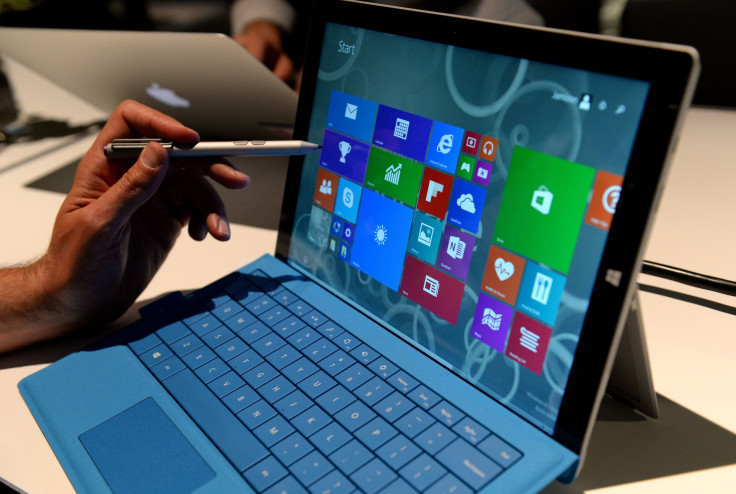Windows 10 Home VS. Windows 10 Pro: The Big Difference And Features
Microsoft first released Windows 10 operating system in 2015, and it quickly gained more attention and buzz. The new Microsoft OS received many positive reviews. Many praised the company for its decision to provide a desktop-oriented interface, moving away from the tablet-oriented approach of the Windows 8 platform.
The Windows 10 operating system comes with a host of new features and improvements, including the web browser Microsoft Edge. This latest desktop operating system comes in two versions, the Windows 10 Home and The Windows 10 Pro. The Windows 10 Home has been described by some IT experts as the successor to the previous platform, the Windows 8.1.
So, what exactly the big difference between Windows 10 Home and Windows 10 Pro? According to Microsoft, the Windows 10 Pro has more features and rafts of software, while the Home version contained only enough versions to suit user’s needs.

The Windows 10 Home and its features
As mentioned earlier by the tech website, this new OS brings a revamped Start Menu. It also boasts a full-fledged version of digital assistant Cortana. In addition to the digital personal assistant Cortana, the Windows 10 Home also features a Battery Saver, which makes your system more energy efficient by limiting the background activities.
There’s also an all-new Virtual Desktops option and Snap assist feature. The Windows 10 Home version also provides its users access to the flagship Continuum feature, which allows users to switch their machine from desktop to tablet mode.
The Windows 10 Pro and its features
Like the Windows 10 Home version, the Pro version also gets a revamped Start Menu, the digital assistant Cortana, Battery Saver, the new Virtual Desktop option and snap assist feature. The Pro also comes with privacy and connectivity and tools.
The Windows 10 Pro also offers a feature called Assigned Access 8.1, which allows users to lock user accounts, preventing them from accessing specific applications. There’s also the BitLocker feature, which according to Microsoft is one of the most powerful disk-encryption tools on Windows. This security tool is used to encrypt and secure external USB-drives.
Other big features include support for universal apps, a virtual desktop system, support for fingerprint and face recognition login, support DirectX 12, new security features for enterprise environments, and a window and desktop management feature called Task View.
© Copyright IBTimes 2024. All rights reserved.





















